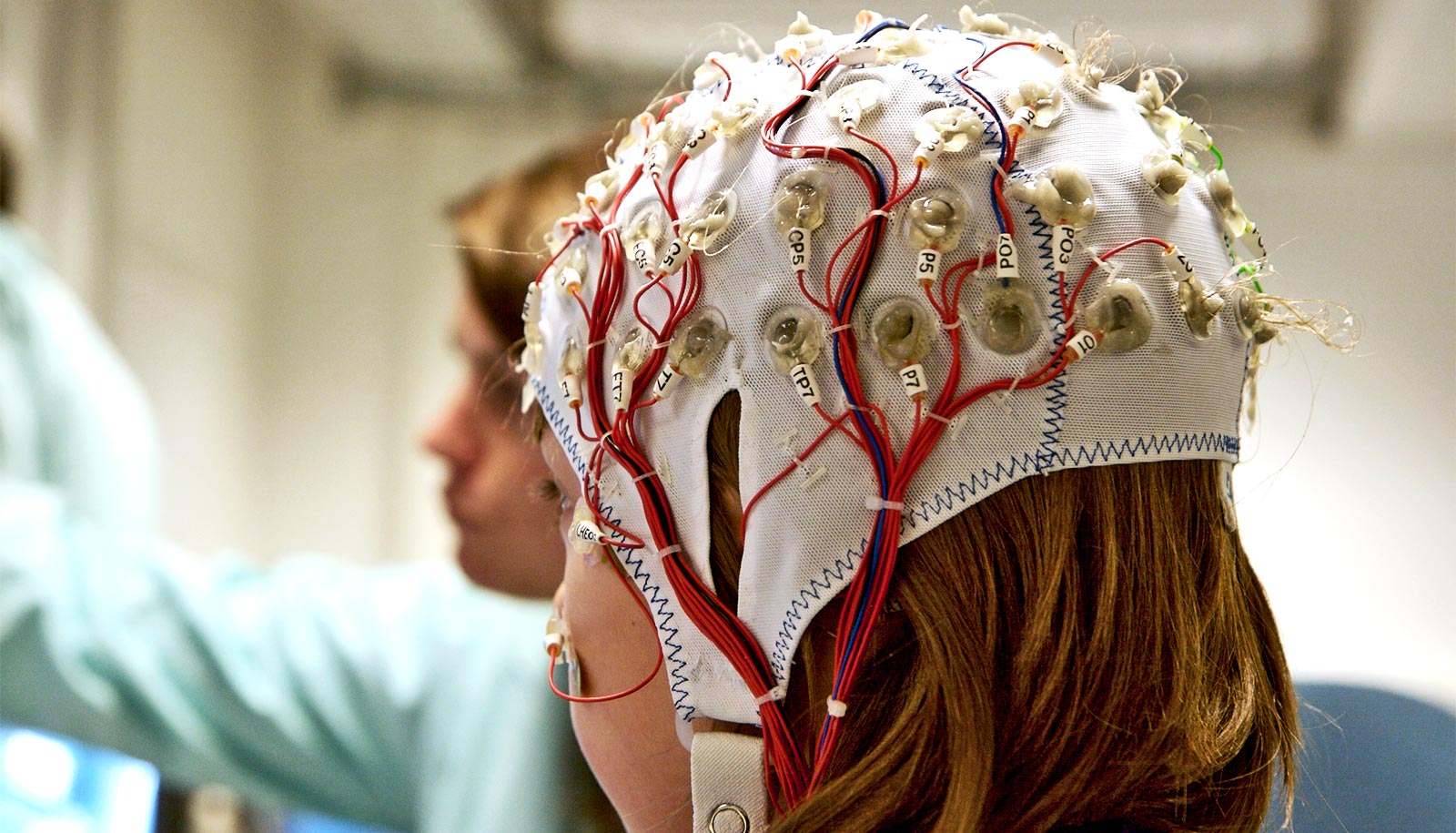Children with autism spectrum disorder may not always process body language well, especially something else is distracting them, research suggests.
“Being able to read and respond to someone’s body language is important in our daily interactions with others,” says Emily Knight, clinical and postdoctoral fellow in pediatrics and neuroscience at the University of Rochester’s Del Monte Institute for Neuroscience.
“Our findings suggest that when children with autism are distracted by something else, their brains process the movements of another person differently than their peers.”
Using electroencephalogram (EEG), researchers recorded the brain waves of children with and without autism as they watched videos of moving dots that were arranged to look like a person. In these videos the dots moved to represent actions such as running, kicking, or jumping, and at times were turned in different directions or jumbled to no longer move like a person.
The participants, who were 6 to 16 years old, had to either focus on the color of the dots or on whether the dots moved like a person. Researchers found the brainwaves of children with autism did not process when the dots moved like a person if they were focused on the dot color.
“If their brain is processing body movements less they might have a harder time understanding other people, and need to pay extra attention to body language in order to see it,” says Knight, first author of a study on the findings in Molecular Autism. “Knowing this can help guide new ways to support people with autism.”
“This is more evidence of how the brain of someone with autism is processing the world around them,” says John Foxe, lead author of the study. “This research is a vital step in creating a more inclusive space for people with autism by giving a glimpse of how their brain processes an unspoken part of communication.”
Coauthors of the study are from the University of Rochester Medical Center and the Einstein College of Medicine. This research had support from the National Institute of Mental Health, the University of Rochester Intellectual and Developmental Disability Research Center, and the Rose F. Kennedy Intellectual and Developmental Disabilities Research Center.
Source: University of Rochester



